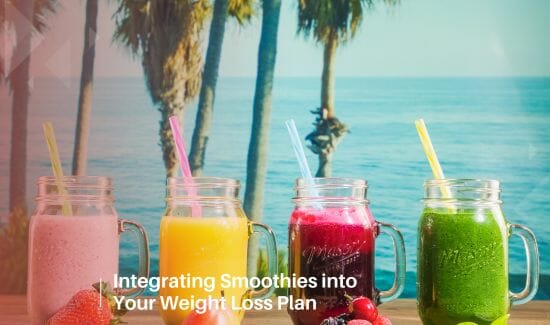
Smoothies are a great way to boost your nutrient intake and support your weight loss goals. Blending together fruits, vegetables, protein powders, and other superfoods creates a nutrient-dense beverage that can help you feel full and satisfied. The key is crafting smoothies that are balanced with protein, healthy fats, fiber, and nutrients. With the right ingredients and recipes, smoothies can be an incredibly effective part of your diet and exercise plan to lose weight. This article provides tips and tricks for successfully integrating smoothies into your routine to maximize your weight loss results.
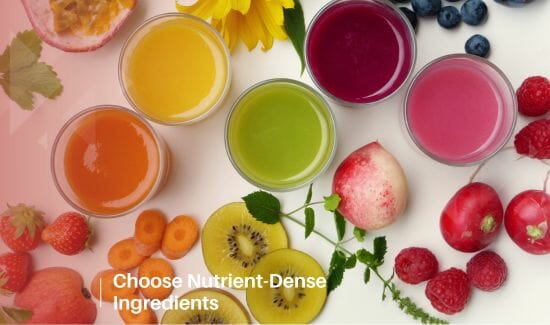
Choose Nutrient-Dense Ingredients
When making smoothies for weight loss, be intentional with your ingredient choices. Prioritize fruits and veggies that are low in sugar but high in fiber like berries, leafy greens, and cruciferous vegetables. These provide volume and nutrients without a lot of calories. Healthy fats from nuts, seeds, or nut butter help you feel satiated. Lean proteins like Greek yogurt or a plant-based powder boost protein to support muscle maintenance and a faster metabolism. Avoid calorie-laden mix-ins like ice cream or fruit juices. Getting nutrients from whole foods instead of juices provides fiber that aids digestion and keeps you fuller longer. Focus on quality ingredients that provide maximum nutrition for minimal calories.

Protein is Key
Getting adequate protein is crucial when trying to lose weight. Protein slows digestion, balances blood sugar, reduces cravings, builds and retains muscle mass, and requires more energy to metabolize than carbs or fat. This supports fat burning while preserving lean muscle mass that revs your metabolism. Aim for at least 15-20g of high-quality protein per smoothie. Greek yogurt, cottage cheese, nut butter, milk, and plant-based proteins like peas, soy, or hemp are all great options. Whey, collagen, egg white, and bone broth proteins work too. Vary your protein sources to get a complete amino acid profile. Adding protein transforms your smoothie from a sugar bomb into a metabolism-boosting, belly-fat-blasting drink. Don’t neglect this key nutrient if you want to maximize weight loss and lean muscle goals.
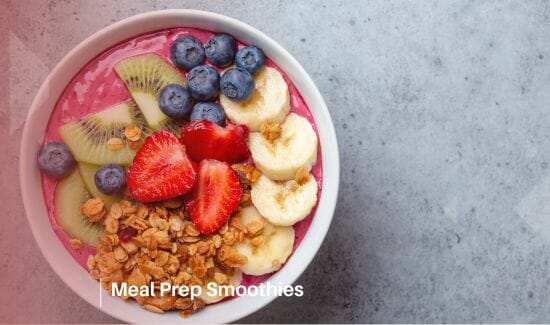
Meal Prep Smoothies
Preparing smoothies ahead of time makes it more likely you’ll enjoy them consistently as part of your diet. This sets you up for smoothie success. Wash and chop produce on your day off and store ingredients like greens, berries, and chopped fruits in reusable containers in the fridge or freezer. Portion out chia seeds, flaxseeds, nut butter, and protein powders into single-serve freezer bags.
When ready to blend, simply dump ingredients into the blender and add liquid. You can also fully blend smoothies and store them in jars in the fridge for 2-3 days. Having pre-portioned ingredients and ready-to-blend smoothies in the refrigerator helps you resist poor food choices when hunger strikes. Meal-prepping smoothies remove excuses like lack of time and ingredients. Arrange your smoothie station with all tools, ingredients, and jars so assembly is super-fast and convenient.
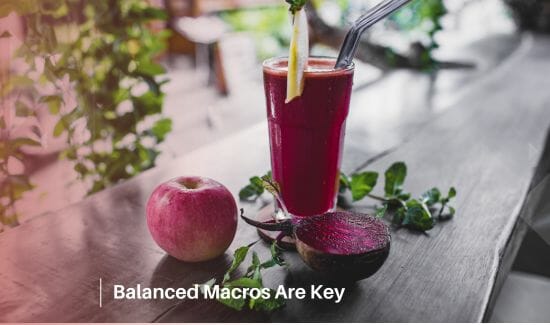
Balanced Macros Are Key
A common smoothie mistake is creating a liquid sugar bomb lacking protein, fat, or fiber. Spiking your blood sugar can lead to a crash later prompting hunger, cravings, and overeating. To promote satiation and balanced energy, craft smoothies with a healthy ratio of carbs, protein, and fat. Aim for about 40% carbs from fiber-rich fruits and veggies, 30% protein from Greek yogurt, cottage cheese, or plant-based powders, and 30% healthy fats from nuts, seeds, nut butter, or avocado.
This nutrient combo provides steady energy and optimizes metabolic functions to support weight loss. Macro tracking apps can help customize your smoothies. Or use basic recipes that provide protein, fat, and fiber with each serving. Getting the right balance of macros keeps your blood sugar stable, fuels your body evenly, and suppresses your appetite for hours after your last sip.
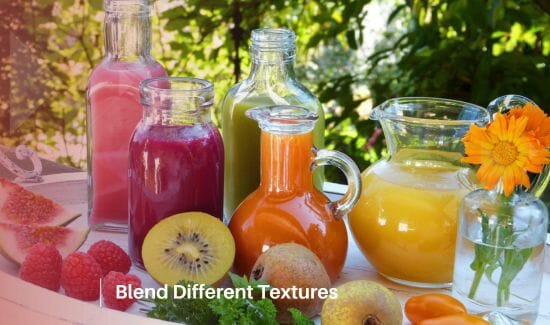
Blend Different Textures
Variations in smoothie textures and mouthfeels can make enjoying these beverages more interesting long-term. Get creative with add-ins that provide diverse textures like chia seeds, flaxseeds, hemp seeds, oats, nut butter, and Greek yogurt or cottage cheese. Blending just fruits and veggies creates a thinner, more drinkable consistency. Adding cold liquid to frozen ingredients makes slushy, icy smoothies. Using all frozen fruits + veggies with a small amount of liquid makes thick, ice cream-like smoothies.
Milk, non-dairy milk, yogurt, and nut butter create creamier, richer smoothies. Avoid adding ice and minimize water to create thicker, more satisfying smoothies. Pulsating between thick and thin smoothies keeps your palate intrigued. Playing with textures also slows down your drinking pace allowing your body to register satiety signals. This prevents overconsumption which is great for weight loss.

Monitor and Adjust
When first integrating smoothies into your diet, pay attention to how your body responds in terms of hunger, cravings, energy, and weight loss results. Trying different smoothie recipes while tracking serving sizes and macro ratios will help you identify your perfect formula. Make adjustments based on your goals. If trying to lose weight, opt for lower-sugar fruits like berries over bananas and tropical fruits. Increase veggies and protein. Add in oats or nut butter to increase fiber and healthy fats to fill you up.
If still feeling hungry soon after drinking smoothies, try adding chia seeds, increasing protein grams, or blending with Greek yogurt for a creamier texture. For weight maintenance, enjoy fruitier smoothies by pairing tropical fruits with yogurt and seeds. Listen to your body’s feedback to learn the ideal smoothie ratio of protein, carbs, and fat your body thrives on. Adjust and customize your smoothies to optimize health goals.
Conclusion
Smoothies can be an incredibly nutritious and satisfying addition to a weight loss diet when crafted with intentional ingredients and nutrition in mind. Choosing low-sugar fruits and vegetables, adding fiber-rich seeds and oats, using protein powders or yogurt, and blending in healthy fats helps create smoothies that provide balanced nutrition to leave you feeling energized and full. Meal prepping smoothies sets you up for weight loss success by making this healthy habit convenient and sustainable long term. Pay attention to how your body responds and adjust recipes accordingly to maximize results.

As a dedicated blogger, I share insights, tips, and knowledge on all things caffeinated and beyond. I firmly believe that a well-brewed cup of coffee or a skillfully crafted cocktail has the power to unite people and ignite engaging conversations.



